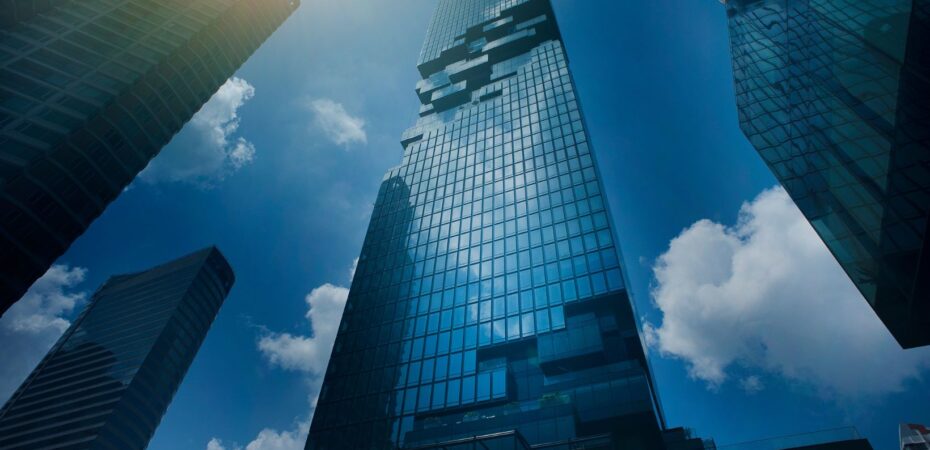When it comes to contrast, we can’t argue that this is real art. Often it is created with lighting, so it is important to get it right. Today we’re going to touch on the subject of high-key and low-key, which create completely different levels of contrast. You will learn which one to choose depending on the desired result, and we will also give you some useful tips on how to use them.
Don’t forget that even if you know the difference perfectly well and apply photography in both keys, you are not immune to the fact that the picture will not turn out perfect. That’s when post-processing comes to the rescue. With the best photo editors, you can add the right colors and accents. We recommend using Luminar Neo. Its Super Contrast tool is one of the best contrast enhancers. It has six controls that you can use to get the perfect result. They cover strong and medium tones as well as shadows, allowing you to adjust everything precisely. It’s the easiest and most convenient adjustment you’ve ever seen.

What is a High Key and a Low Key?
Let’s talk about the high key first. Remember that here we are talking about a perfectly lit object and a background with a predominance of light shades. Such images have a very low contrast, which attracts the viewer’s attention. If you want to change the contrast, namely to make it more, then you are much better suited to the second technique.
The low-key, as you might guess, works exactly the opposite. With it, you can get high-contrast pictures. Many amateurs make one serious mistake: they think that pictures made in the high key will always be white, while in the low key black colors will predominate. This is not true at all. In the first case, pastel and cream shades may appear, in the second – dark and light, thanks to which it is possible to accentuate the subject. Just play with the contrast adjustment in post-processing and you’ll see what it’s all about.
When You Should Use a High Key and a Low Key?
Well, you need to understand what kind of technique you need at any given moment. Let’s look at situations where you need a high key:
- Weddings and engagement photos, especially for pictures of the bride.
- Macro shots where you can see every element.
- Professional portfolios (photos of employees in an office, for example).
- Nature and landscape photography.
- Photoshoots of children or newborns.
- Advertising subjects (brochures, flyers, and magazines).
Of course, a low key is also worth using in certain situations. Here they are:
- Dramatic shots that you want to do close-up. Vivid emotions like laughter, crying, or grief would look especially good here.
- When trying to emphasize the details of your subject’s appearance. Great if you want to, for example, show a unique eye color.
- When some unusual emotional action takes place, such as a street dance.
How to Create Great High Key and Low Key Photographs?

Let’s start with some high-key photography tips:
- Place a bright object against a dark background.
- Take pictures on cloudy days if you prefer to work outside.
- Take photos in the studio using a flash.
- If you want to make a stunning silhouette, be sure to use a reflector.
When you take low-key shots, don’t forget these secrets:
- Your subject should be completed in the light, and the background, on the contrary, in full shadow.
- Avoid taking photos on cloudy days, as you will have to spend a lot of time post-processing in the contrast photo editor to get the perfect result.
- Use natural light and flash when shooting indoors. The window should be to the side of the subject.
- When you take cranky pictures. You can see examples of them by entering the hashtag #moody.
Be sure to take some test shots and look at them. This way you can be sure that you have done everything correctly and that the camera settings are appropriate.
To Sum Up
Practice is the key to success. Practice, and you’re sure to get real photographic masterpieces with the level of contrast you want. We wish you inspiration and creative success!


 By
By 



